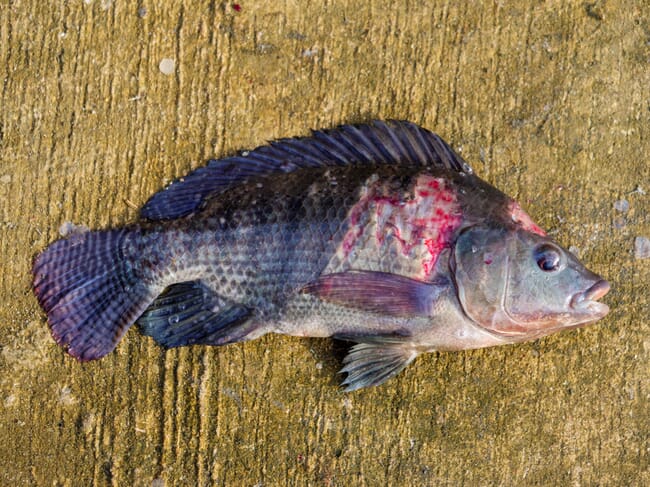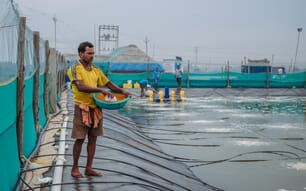
Fish infected with A. hydrophila can develop ulcers, tail rot, fin rot, and haemorrhagic septicaemia, which causes lesions that lead to scale shedding, haemorrhages in the gills and anal area, exophthalmia and abdominal swelling.
Published in Aquaculture International, the study, which was published under the title of "Aquaculture and Aeromonas hydrophila: a complex interplay of environmental factors and virulence", confirms the close connection of environmental conditions in shaping the prevalence and pathogenicity of A. hydrophila in aquaculture environments. Water quality, temperature, pH levels, and high ammonia concentrations exacerbate A. hydrophila
infection by compromising host immunity and creating favourable conditions for bacterial proliferation. Oxygen concentration and nutrient availability complexly influence the spread and virulence of this pathogen.
The review - whose authors include Fish Site contributor Yomna Elshamy - emphasises the importance of adopting integrated approaches in managing A. hydrophila in aquaculture systems. By implementing comprehensive strategies that include biosecurity measures, environmental monitoring, and probiotic interventions, aquaculture stakeholders can reduce the risk of A. hydrophila outbreaks and protect the health and productivity of aquatic populations, thereby ensuring the sustainability and growth of the aquaculture industry
The review has been hailed as a valuable resource for researchers and aquaculture practitioners seeking to deepen their understanding of the dynamic interactions between aquaculture environments and A. hydrophila.
The authors hope that the insights it offers will allow stakeholders to develop disease prevention and control strategies, and they highlight the need for improved management practices and innovative solutions to mitigate the impact of these pathogens on the aquaculture industry.



